Introduction
Duck soup, a culinary delight that transcends borders and generations, holds a special place in the hearts and stomachs of food enthusiasts worldwide. Its rich, umami-laden broth, tender meat, and aromatic spices create a symphony of flavors that warm the soul and nourish the body. Among the myriad variations of duck soup, the classic老鸭汤 (Old Duck Soup), though traditionally associated with Chinese cuisine, embodies the essence of slow-cooked comfort food. This guide aims to demystify the process of crafting an authentic Old Duck Soup, ensuring that even the most novice cook can achieve culinary mastery.
Section 1: Understanding the Ingredients
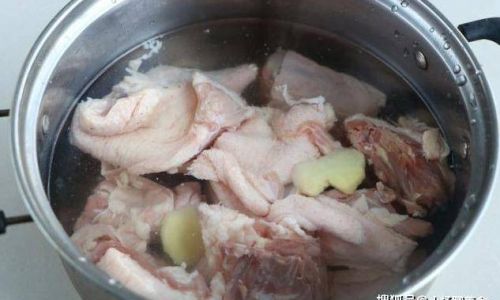
Before diving into the cooking process, it’s crucial to understand the key ingredients that make Old Duck Soup unique. Each component plays a vital role in developing the dish’s complex flavor profile.
1 The Star: The Duck
Choosing the right duck is paramount. For Old Duck Soup, an older duck (preferably a male duck aged two years or more) is preferred. Older ducks have a more developed flavor and produce a richer broth due to their higher fat content and more developed muscle texture. Look for ducks that are plump with firm, dark-colored meat and a layer of fat under the skin.
2 Aromatics and Spices
- Ginger: Fresh ginger slices help to neutralize the duck’s gaminess and add a subtle sweetness.
- Scallions: Both the white and green parts of scallions contribute a fresh, oniony flavor.
- Garlic: Crushed garlic adds depth and complexity to the broth.
- Star Anise: This star-shaped spice provides a licorice-like sweetness and a hint of floral aroma.
- Cinnamon Stick: Adds warmth and a subtle spicy undertone.
- Cloves: A few cloves introduce a hint of heat and depth.
- Chinese Five-Spice Powder: A blend of cinnamon, cloves, fennel, star anise, and Sichuan peppercorns that enhances the overall flavor profile.
3 Vegetables and Herbs
- Carrots: For sweetness and color.
- Celery: Adds a fresh, vegetal note.
- Mushrooms: Such as shiitake or button mushrooms, for earthiness and umami.
- Chinese Wolfberries (Gouqi Berries): These tiny, red berries add a touch of sweetness and nutritional benefits.
- Fresh Coriander (Cilantro): Used as a garnish for a fresh, herbal finish.
4 Broth Enhancers
- Rice Wine (Shaoxing Wine): Adds a layer of complexity and helps to tenderize the meat.
- Light Soy Sauce: For seasoning without overpowering the broth.
- Rock Sugar: A small piece helps to balance the flavors and add a touch of sweetness.
- Chicken or Pork Bones: Optional, but adding bones can enrich the broth further.
Section 2: Preparation Techniques
Proper preparation is key to unlocking the full potential of Old Duck Soup. Here’s a step-by-step breakdown:
1 Cleaning and Preparing the Duck
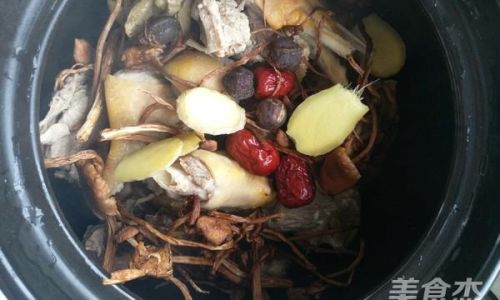
- Rinse Thoroughly: Start by rinsing the duck under cold running water to remove any impurities.
- Remove Excess Fat: Trim away any excess fat, especially from the cavity and around the neck area, but leave some on for flavor and richness.
- Blanching: Place the duck in a pot of boiling water for about 3-5 minutes to remove blood and impurities. This step also tightens the skin, preventing it from tearing during cooking. Remove and rinse under cold water.
2 Preparing Aromatics and Vegetables
- Slice fresh ginger into thick rounds.
- Cut scallions into sections, separating the white and green parts.
- Peel and slice carrots and celery.
- Clean and slice mushrooms.
- Prepare other spices and herbs as noted.
Section 3: Cooking the Soup
Now, let’s dive into the cooking process, which involves several key steps to ensure a flavorful and tender final dish.
1 Assembling the Ingredients
Place the prepared duck in a large, heavy-bottomed pot or wok. Add the sliced ginger, white parts of the scallions, garlic, star anise, cinnamon stick, and cloves. Arrange the carrots, celery, and mushrooms around the duck.
2 Adding Broth and Seasonings
- Pour in enough cold water to fully submerge the duck and vegetables. Using cold water helps to draw out more flavor from the ingredients as they heat up together.
- Add a splash of Shaoxing wine, a few drops of light soy sauce, and a small piece of rock sugar.
- If using, add chicken or pork bones for added flavor.
3 Simmering to Perfection
- Bring the pot to a gentle boil over medium-high heat, then reduce the heat to low or use a simmer function on your stove.
- Skim off any foam or impurities that rise to the surface during the initial boiling stage. This ensures a clear, clean broth.
- Cover the pot with a lid, leaving a small gap for steam to escape, and let it simmer slowly for at least 2-3 hours, or until the duck meat is very tender and can be easily pulled apart with a fork.
4 Adjusting Seasoning
- After the initial simmering period, taste the broth and adjust the seasoning with more light soy sauce if needed. Remember, the flavors should be balanced, with the duck’s natural flavors shining through.
- Add the wolfberries during the final 30 minutes of cooking to preserve their delicate texture and flavor.
Section 4: Finishing Touches
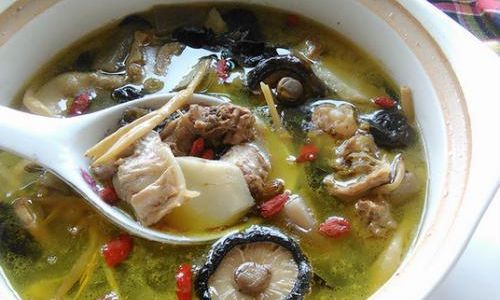
The final touches are what elevate Old Duck Soup from good to great.
1 Removing the Duck
- Carefully remove the duck from the pot and set it aside to cool slightly. Once cool enough to handle, remove the meat from the bones and shred or chop it into bite-sized pieces.
- Skim any excess fat from the surface of the broth if desired.
2 Serving
- Return the shredded duck meat to the pot, allowing it to warm through in the broth.
- Ladle the soup into bowls, ensuring each serving contains pieces of duck meat, vegetables, and plenty of broth.
- Garnish with the green parts of the scallions and freshly chopped coriander.
3 Optional Accompaniments
- Steamed Rice: A classic pairing that soaks up the rich broth.
- Noodles: Slurping on noodles infused with duck soup broth is a delightful experience.
- Pickled Vegetables: Add a tangy contrast to the rich flavors of the soup.
- Chili Sauce: For those who enjoy a bit of heat, a drizzle of chili sauce can elevate the dish.
Section 5: Tips and Tricks for Mastery
Achieving perfection in Old Duck Soup requires attention to detail and a bit of culinary finesse. Here are some expert tips:
- Patience is Key: Slow cooking is essential for developing flavors and tenderizing the meat. Rushing the process will yield inferior results.
- Quality Ingredients: Always use the best quality ingredients you can afford. The quality of the duck makes the biggest difference.
- Skimming is Crucial: Regularly skimming off impurities during cooking ensures a clear, pristine broth.
- Seasoning with Care: Season lightly at first, tasting frequently to avoid over-seasoning.
- Storage: Leftovers can be stored in the refrigerator for up to 3 days. The flavors continue to develop, making it even more delicious upon reheating.
Conclusion
Old Duck Soup is a labor of love that rewards the cook with a deeply satisfying, nourishing meal. By following this comprehensive guide, you’ll be able to create a dish that embodies the essence of traditional Chinese cuisine—rich, flavorful, and comforting. Whether you’re serving it to family and friends or enjoying it as a solitary comfort food, Old Duck Soup promises to delight the senses and nourish the soul. Happy cooking!
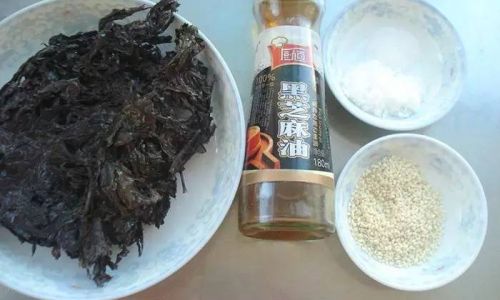
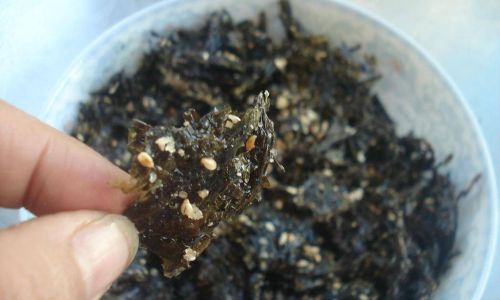

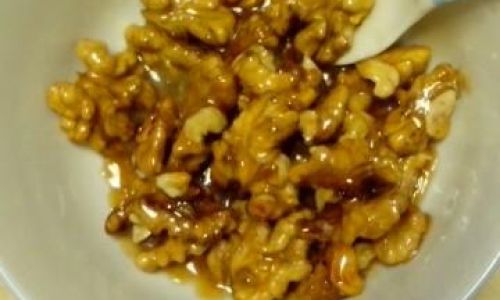


0 comments